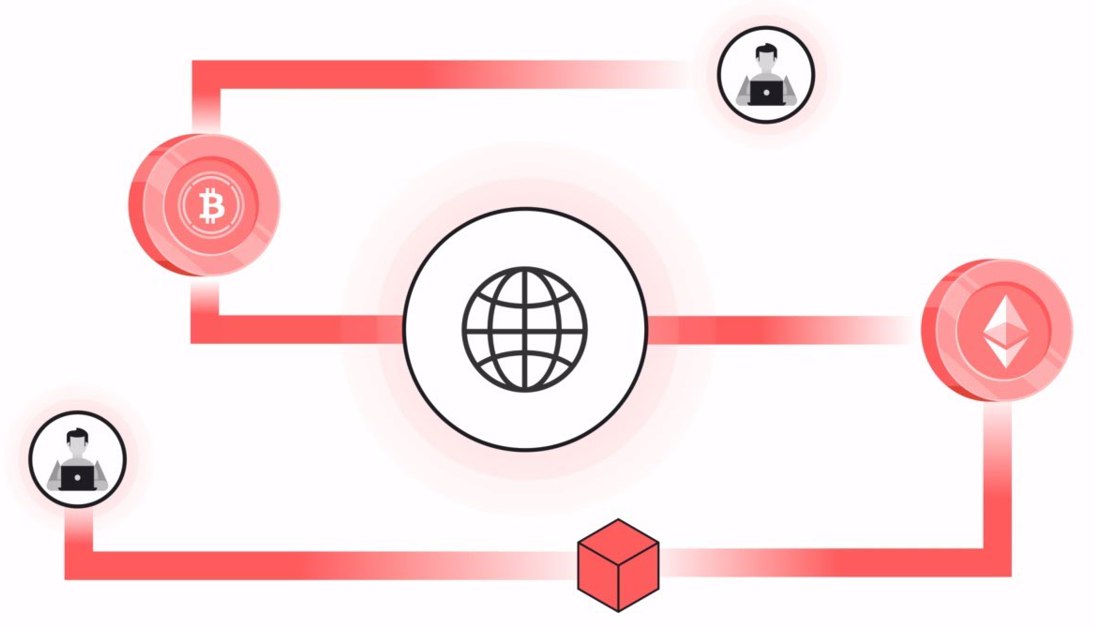In the rapidly evolving world of blockchain technology, the mechanism of crosschain operation has emerged as a critical component for achieving interoperability between different blockchain networks. As various platforms and cryptocurrencies continue to proliferate, the need for seamless communication and transaction capabilities across diverse systems has become paramount. This article delves into the fundamental concepts and benefits of crosschain operations, making it easy to understand how they function and why they matter.
What is Crosschain Operation?
Crosschain operation refers to the ability of different blockchain networks to interact and exchange information with each other. Traditionally, blockchains have operated in isolation, which limited their scalability and the potential for broader applications. The mechanism of crosschain operation allows for the transfer of assets and data between these isolated ecosystems, enhancing their utility and expanding their use cases.
How Does the Mechanism of Crosschain Operation Work?
- Interoperability Protocols: Crosschain mechanisms often rely on interoperability protocols. These protocols define the rules and standards that facilitate communication between different blockchains. Popular examples include Polkadot, Cosmos, and Chainlink.
- Atomic Swaps: This technique enables the exchange of one cryptocurrency for another without the need for a trusted third party. Atomic swaps are executed using smart contracts, ensuring that both parties fulfill their obligations before the transaction is completed.
- Wrapped Tokens: Another common method is the use of wrapped tokens. A wrapped token is a representation of a cryptocurrency from one blockchain on another blockchain. For instance, Wrapped Bitcoin (WBTC) allows Bitcoin to be used on the Ethereum network, enabling users to access Ethereum’s DeFi applications while holding Bitcoin.
- Relay Chains: Some crosschain systems use a relay chain that connects various blockchains. Relay chains act as intermediaries, validating transactions and ensuring that data is accurately transferred across networks.
- Oracles: Oracles play a crucial role in crosschain operations by providing external data to smart contracts. They help in verifying the state of different blockchains and ensuring that transactions are executed correctly based on real-world data.
Benefits of Crosschain Operations
- Enhanced Liquidity: Crosschain operations facilitate the movement of assets between different networks, increasing liquidity and providing users with more trading options.
- Broader Access to DeFi: Users can leverage decentralized finance (DeFi) applications across multiple blockchains, allowing them to access a wider range of financial products and services.
- Improved Scalability: By enabling transactions across different chains, crosschain mechanisms can alleviate congestion on individual networks, improving overall scalability.
- Interconnected Ecosystems: Crosschain operations foster collaboration between different blockchain ecosystems, leading to innovative applications and solutions that harness the strengths of each network.
Challenges in Crosschain Operations
Despite the numerous benefits, the mechanism of crosschain operation also faces challenges. These include:
- Security Concerns: Ensuring secure transactions across different networks is a complex task. Vulnerabilities in one blockchain can jeopardize the entire crosschain operation.
- Standardization: The lack of standardized protocols can create compatibility issues, making it difficult for different blockchains to communicate effectively.
- Regulatory Issues: Navigating the regulatory landscape across multiple jurisdictions can complicate crosschain transactions, as different countries may have varying laws governing cryptocurrency.
The mechanism of crosschain operation is essential for the future of blockchain technology. By enabling different networks to communicate and transact with one another, crosschain operations unlock new opportunities for innovation, collaboration, and growth in the blockchain ecosystem. As technology continues to advance, the ability to seamlessly integrate various blockchain platforms will likely become a key driver in shaping the digital economy. Embracing crosschain mechanisms not only enhances the functionality of individual blockchains but also paves the way for a more interconnected and efficient future in the world of cryptocurrency.

